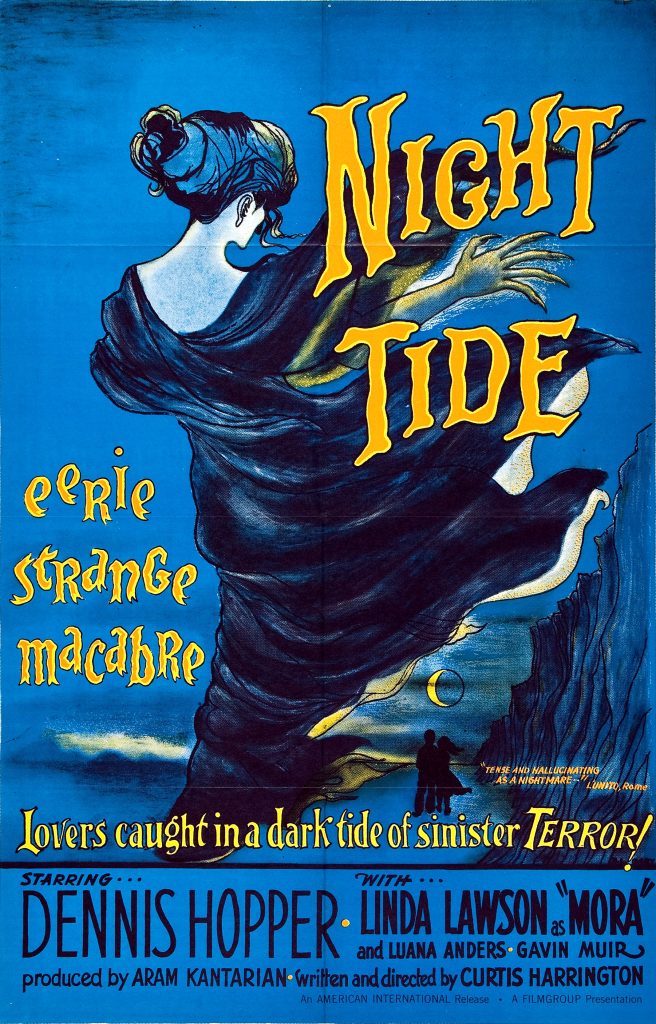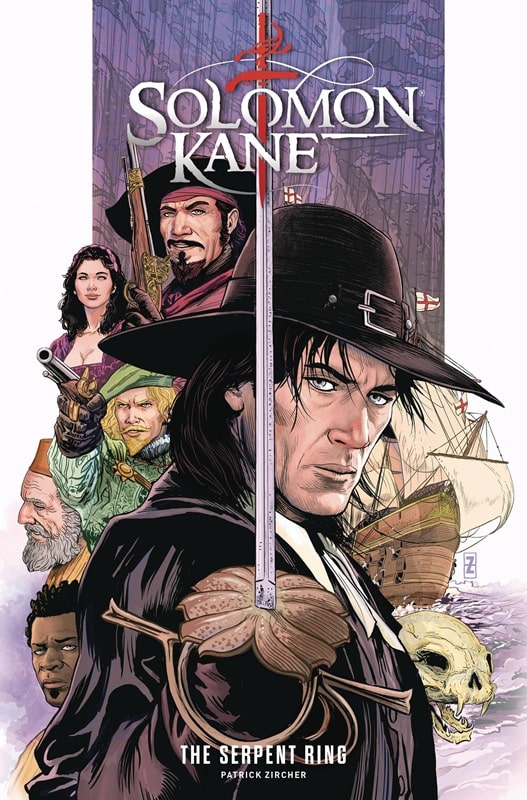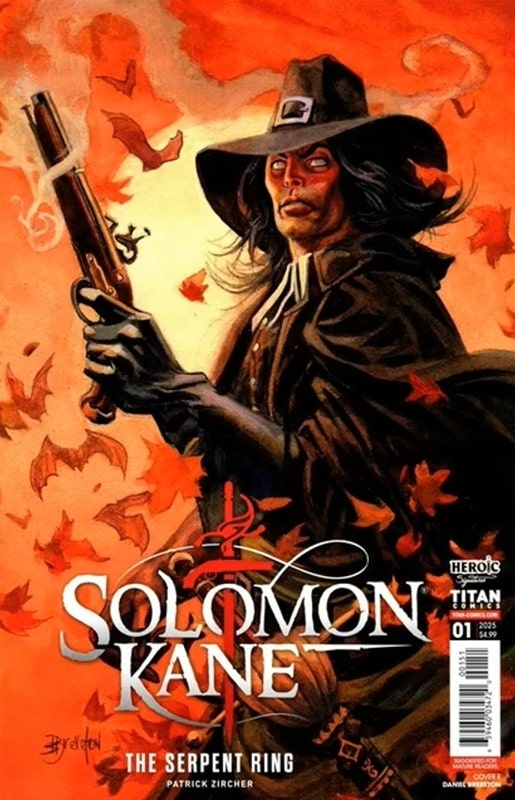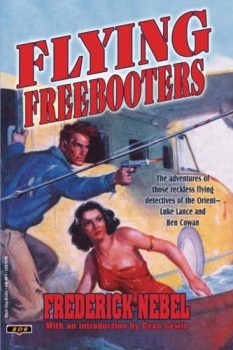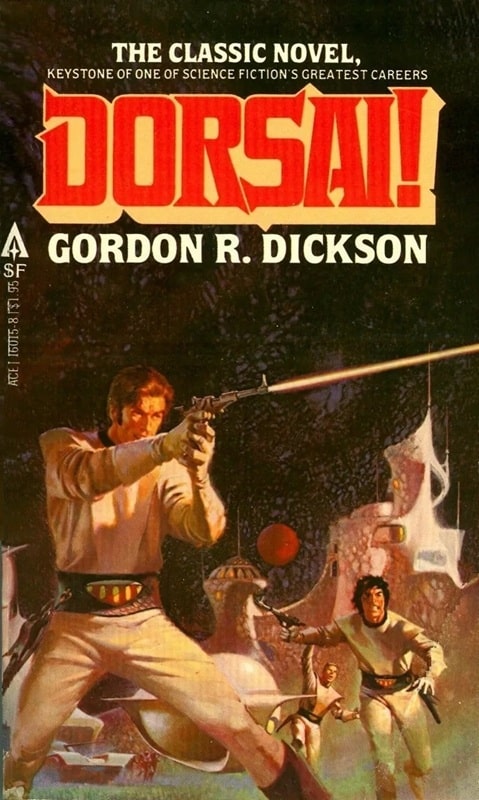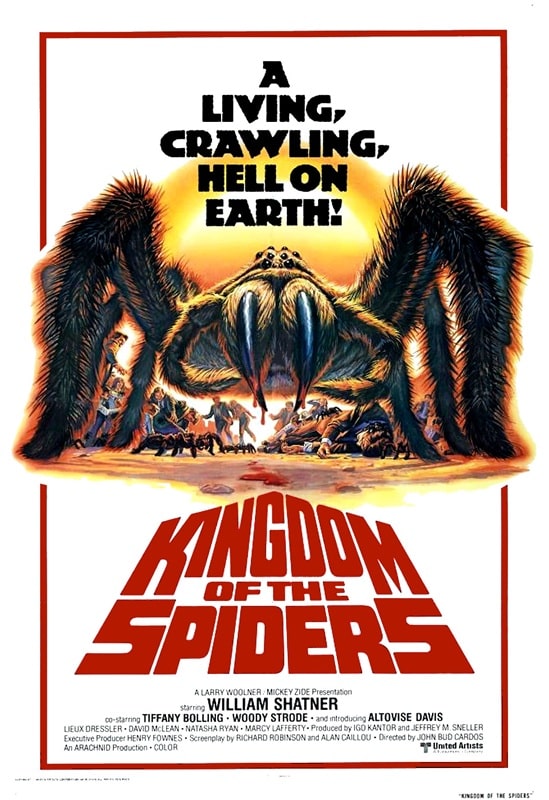Tubi Dive, Part IV
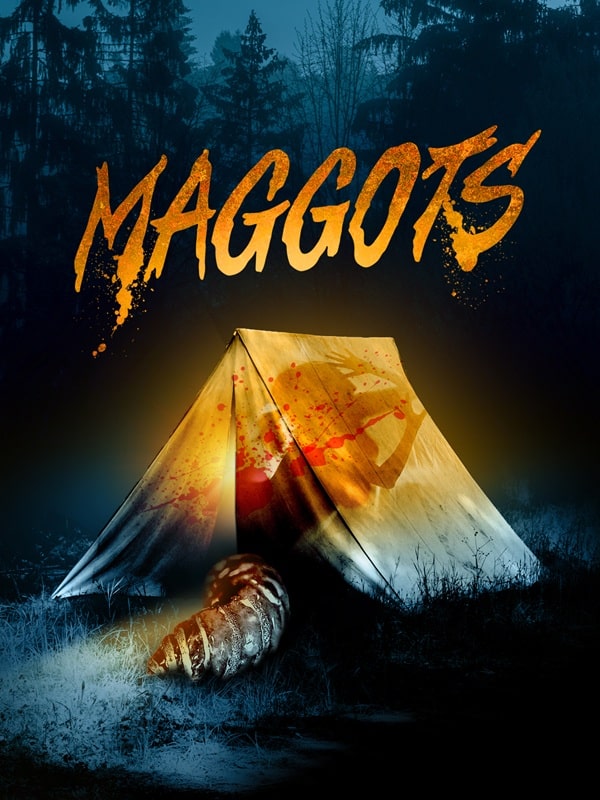
50 films that I dug up on Tubi.
Enjoy!
Maggots (2017)
Despite usually taking the piss out of bad movies, I do have respect for filmmakers that actually complete them and get them seen. This brings us to Maggots — a horror/comedy that gets a couple of things right, and a lot wrong, but again I just can’t get mad at it.
The premise is simple; evil corporation dumping toxic sludge after fracking, bugs get mutated, bunch of disposables go camping.
The good stuff: the lead (Lawrence George) is good in his role as a nerdy science student who wants to expose the evil corporation, and the maggots are a lot of fun. They really reminded me of the Deadly Spawn, or naked Crites (from Critters). They are for the most part practical rubber effects, looking like fleshy windsocks with teeth.


